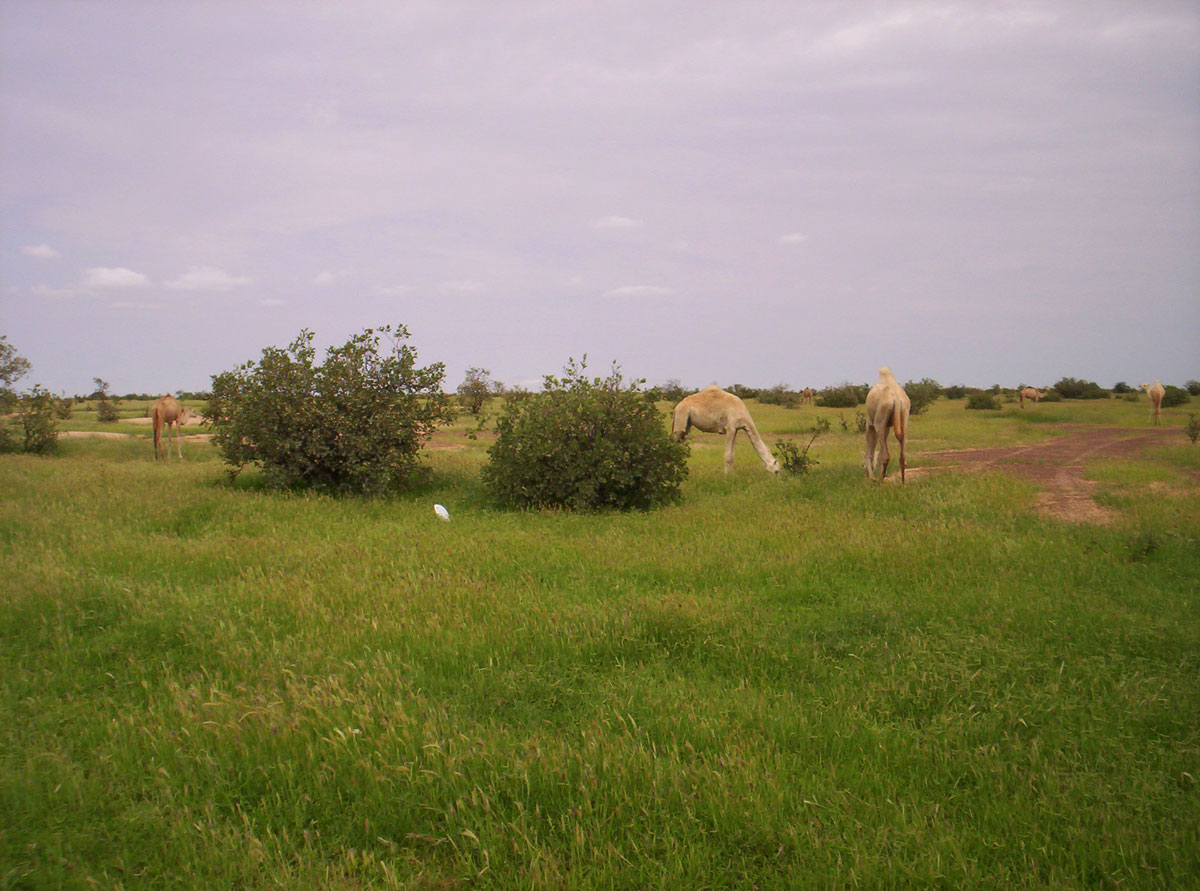Reforesting semi-arid areas : a community challenge
Semi-arid areas: a large potential of life
Semi-arid areas are very often considered as being lifeless. However it is observed that after only two heavy rainfalls, these areas are filled with abundant vegetation. The life is only “asleep”, waiting for rain.
Semi-arid areas: a fragile ecological balance
After working in Senegal in the area of Kaolack, in the southern part of Mauritania in the area of Boghé and in South Sudan in Lakes State and Jonglei State, I have observed that all these semi-arid areas show the same characteristic: an ecological fragility.
They may appear to be stable areas since their aspect does not change for a long period of the year (the dry season). In reality, climate change and human behaviour have a high impact on these areas; heavy rains (which wash out the soils and fertility) and deforestation cause huge damage.
A rain dependent agriculture: the limit of food security
The agriculture in these areas is at least 90% dependent on rain. A delay in the rainy season, few rainfalls during it or a lack of rain for more than 10 days, generates food insecurity.
Regarding climate change, which upsets the existing unstable balances, and deforestation, which is on-going, sustainable solutions to reducing the suffering faced by the communities impacted have to be implemented.
Reforestation: a climatic regulator
Trees play an important role in regulating the climate. Fewer trees in an area causes more heavy rainfalls leading to floods, destroying homes and crops or grain storage… and also leading to further dryness in dry seasons. This further leads to a reduction in the mortality rate of cattle and a migration of communities to areas where water is still accessible.
With climate change, large-scale reforestation is a key factor to capturing carbon dioxide, reducing green house gases and by consequence reducing climatic variations.
Wood, an overly-exploited resource
Semi-arid areas have few trees; meanwhile the need for wood for cooking or building, for example, increases with the increase in population. Unfortunately, I’ve never observed a correct management of this natural resource. Communities continue to cut down trees, just to realize that they then need to go further to get wood.
Deforestation is only getting worst, with dire consequences for the climate.
Reforestation: a necessity but difficult to implement
Facing the decrease of wood in semi-arid areas, few communities implement sustainable reforestation.
Many trials fail. Here are some of the factors responsible for this:
- The land management system continues to follow ancestral traditions despite important changes, notably an increasing population density and climate change.
- The communities’ lack of knowledge in sustainable management of their environment.
- The communities’ lack of knowledge on alternative solutions.
- The communities’ lack of technical facilities (to access water and to distribute it).
- The lifestyle in villages; often based on a “day to day” approach.
Community-based agroforestry: an appropriate solution
The implementation of reforestation with communities has proven difficult, and has given very few correct results.
Agroforestry – the association of trees and crops – is an alternative solution.
This system presents numerous advantages:
- It is the best agronomic system in all tropical and subtropical areas; the deep roots of the trees collect the nutriments washed by the heavy rains at the surface of the soil and use it to produce leaves, wood, fruits… There is no lose of nutriments.
- The trees supplement seasonal crops with:
- forage for small animals
- fruits
- wood for cooking
- wood for making charcoal
- wood for building
- The trees could be chosen to increase the fertility of the soil.
- Some fruit trees could be chosen to generate a quick harvest (a few months).
- The diversification of the production provides greater economic stability.
- Watering is made easier when trees and crops are in the same plot.
- Implementing windbreaks increases production by 20%.
- At the ecological level, a plot managed in agroforestry with 100 – 120 trees per hectare, traps more carbon dioxide than the same surface in a forest.


















